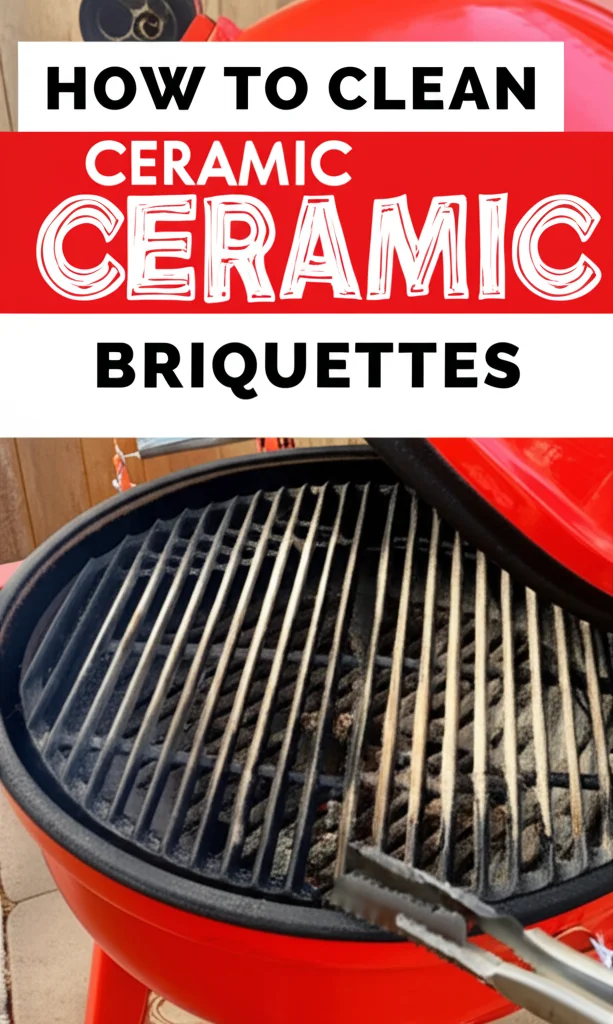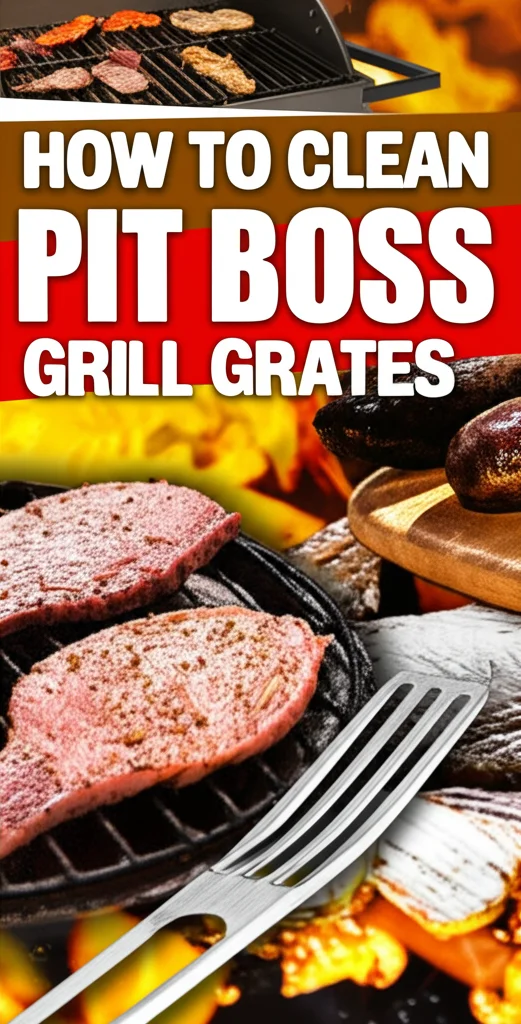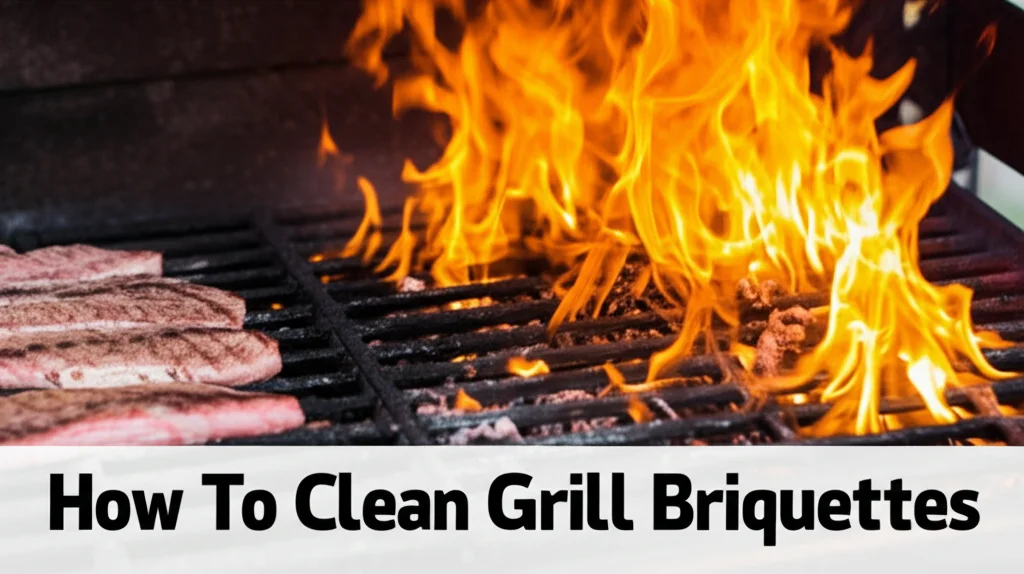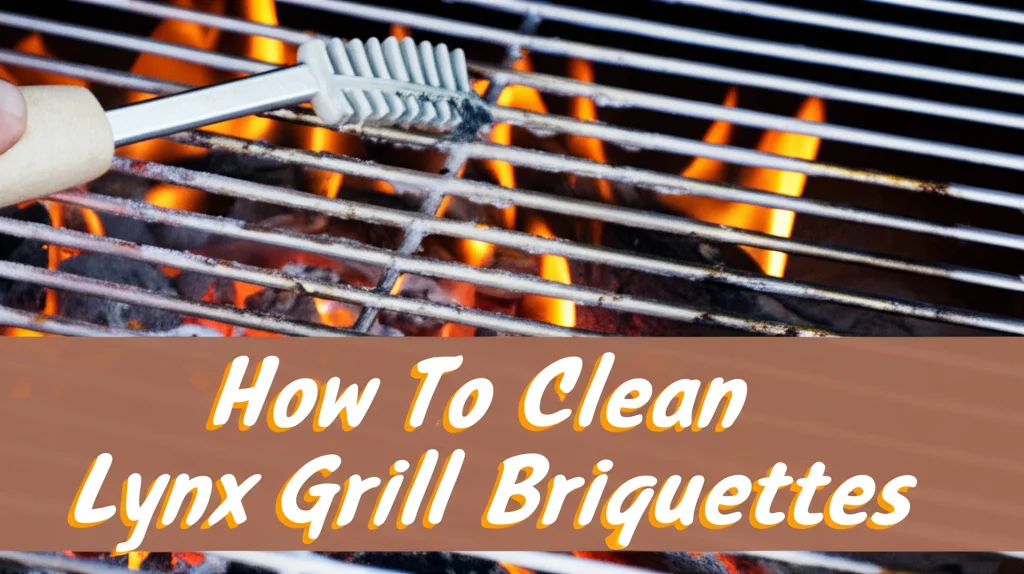· Grilling & Outdoor Cooking · 7 min read
How To Clean Kamado Joe Ceramic Plates?
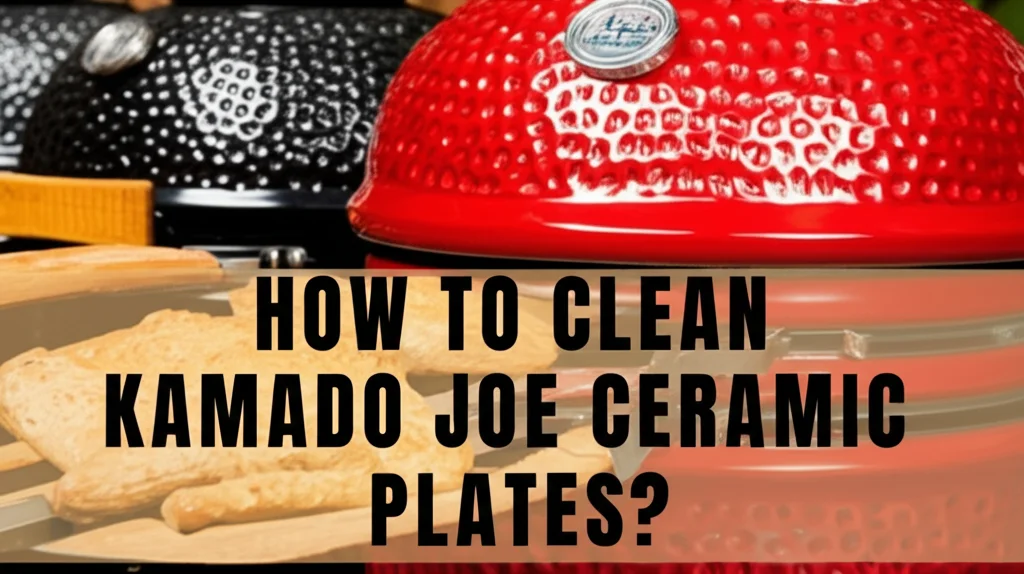
Keeping Your Grill Going: How To Clean Kamado Joe Ceramic Plates
Have you noticed buildup on your Kamado Joe ceramic plates after a fantastic grilling session? Don’t worry, it’s completely normal! Regular cleaning isn’t just about aesthetics; it’s crucial for maintaining consistent cooking temperatures and preventing unwanted flavors from transferring to your food. This article will guide you through the best methods for cleaning your Kamado Joe ceramic plates, ensuring they stay in top condition for years to come. We’ll cover everything from simple post-grill wipe-downs to tackling stubborn, baked-on residue.
Takeaway:
- Regular cleaning prevents flavor transfer.
- Avoid harsh chemicals that can damage the ceramic.
- Gentle scrubbing with appropriate tools is key.
- Proper seasoning can help prevent sticking.
Quick Answer:
To clean Kamado Joe ceramic plates, let them cool completely, scrape off loose debris, and wash with warm water and a mild dish soap using a non-abrasive sponge or brush. Rinse thoroughly and dry completely before storing. Avoid harsh chemicals and abrasive cleaners.
Why Cleaning Your Kamado Joe Plates Matters
Cleaning your Kamado Joe ceramic plates is more important than you might think. Over time, grease, food particles, and carbon buildup can accumulate, impacting your grill’s performance. This buildup can insulate the ceramic, reducing its ability to absorb and radiate heat evenly. Consistent heat distribution is what makes a Kamado Joe so effective, so maintaining clean plates is vital. Plus, leftover food residue can impart unwanted flavors to your next meal.
Think of it like this: a clean plate means a clean slate for your next culinary creation. Regular cleaning also extends the life of your ceramic plates, preventing cracks and damage caused by extreme temperature fluctuations and accumulated grime. It’s a small investment of time that yields significant benefits in terms of grilling quality and longevity.
The Gentle Approach: Daily & Post-Grill Cleaning
The easiest way to keep your Kamado Joe ceramic plates clean is to adopt a routine of daily or post-grill cleaning. This prevents buildup from becoming too stubborn and makes the process much simpler. After each use, while the grill is still warm (but not hot!), use a grill brush or scraper to remove any loose food particles.
Here’s a simple post-grill cleaning process:
- Cool Down: Allow the grill to cool down enough to handle safely.
- Scrape: Use a grill scraper to remove large pieces of food.
- Wipe: Wipe the plates with a damp cloth or paper towel.
- Light Soap (Optional): If needed, use a small amount of mild dish soap and water.
This quick routine will significantly reduce the need for more intensive cleaning later on. It’s a proactive step that keeps your Kamado Joe performing at its best. You can also consider using a grill grate spray after cleaning to help prevent food from sticking during the next cook.
Tackling Baked-On Residue: Deep Cleaning Methods
Sometimes, despite your best efforts, baked-on residue accumulates on your Kamado Joe ceramic plates. Don’t panic! There are several effective methods for tackling this without damaging the ceramic. Avoid using abrasive cleaners or metal scouring pads, as these can scratch and weaken the surface.
Here are a few deep cleaning options:
- Baking Soda Paste: Mix baking soda with water to form a paste. Apply the paste to the affected areas, let it sit for 30-60 minutes, and then scrub gently with a non-abrasive sponge or brush. Baking soda is a natural abrasive that helps lift grime without causing damage.
- Vinegar Soak: For stubborn residue, soak the plates in a solution of equal parts water and white vinegar for several hours or overnight. The acidity of the vinegar helps break down the buildup. After soaking, scrub gently with a non-abrasive sponge. You can find more information on cleaning with vinegar at https://www.beacleaner.com/how-to-clean-hardwood-floors-with-vinegar/.
- Dish Soap & Hot Water: Fill a sink or tub with hot water and a generous amount of mild dish soap. Let the plates soak for several hours, then scrub with a non-abrasive brush.
Remember to rinse the plates thoroughly after using any cleaning solution to remove all traces of residue.
Choosing the Right Tools for the Job
Selecting the right tools is just as important as choosing the right cleaning solution. Avoid anything abrasive that could scratch or damage the ceramic surface. Here are some recommended tools:
- Non-Abrasive Sponges: These are gentle enough to remove grime without causing scratches.
- Nylon Brushes: A nylon brush is excellent for scrubbing hard-to-reach areas.
- Plastic Scrapers: Use a plastic scraper to remove stubborn residue without damaging the ceramic.
- Microfiber Cloths: Microfiber cloths are ideal for wiping down the plates after cleaning.
Investing in these tools will protect your Kamado Joe ceramic plates and ensure they remain in excellent condition for years to come.
Preventing Future Buildup: Seasoning Your Plates
Seasoning your Kamado Joe ceramic plates is a great way to prevent food from sticking and make cleaning easier. Seasoning creates a non-stick surface similar to seasoning a cast iron skillet.
Here’s how to season your plates:
- Clean: Ensure the plates are thoroughly clean and dry.
- Oil: Apply a thin, even coat of high-heat cooking oil (such as canola or vegetable oil) to the entire surface of the plates.
- Heat: Place the plates in the Kamado Joe and heat the grill to a high temperature (around 500-600°F) for 30-60 minutes. This will polymerize the oil, creating a non-stick coating.
- Repeat: Repeat the oiling and heating process several times to build up a good seasoning layer.
Regular seasoning will make cleaning a breeze and improve your grilling experience. It’s a simple step that pays off in the long run.
Common Mistakes to Avoid When Cleaning
While cleaning your Kamado Joe ceramic plates, it’s important to avoid certain mistakes that could cause damage. Here are a few common pitfalls to steer clear of:
- Using Abrasive Cleaners: Avoid using abrasive cleaners like scouring powder or steel wool, as they can scratch the ceramic.
- Thermal Shock: Never pour cold water onto hot ceramic plates, as this can cause them to crack. Allow the plates to cool down gradually before cleaning.
- Harsh Chemicals: Avoid using harsh chemicals like oven cleaner or bleach, as they can damage the ceramic and leave behind harmful residue.
- Dishwasher: Do not put your Kamado Joe ceramic plates in the dishwasher, as the harsh detergents and high temperatures can cause damage.
By avoiding these mistakes, you can ensure your ceramic plates remain in excellent condition for years to come. If you’re looking for more information on cleaning different surfaces, you might find this article helpful: https://www.beacleaner.com/how-to-clean-luxury-vinyl-plank-flooring/.
FAQ: Your Kamado Joe Plate Cleaning Questions Answered
Q: Can I use a metal scraper on my Kamado Joe ceramic plates?
A: No, avoid using metal scrapers as they can scratch and damage the ceramic surface. Opt for a plastic scraper instead, which is gentler and just as effective at removing baked-on residue.
Q: How often should I deep clean my Kamado Joe ceramic plates?
A: The frequency of deep cleaning depends on how often you grill. Generally, a deep clean every 3-6 months is sufficient, but you may need to do it more often if you grill frequently or cook particularly messy foods.
Q: Is it safe to use a pressure washer to clean my Kamado Joe plates?
A: While tempting, using a pressure washer is not recommended. The high pressure can damage the ceramic and potentially cause it to crack. Gentle hand washing is the safest and most effective method.
Q: What if I notice a crack in my ceramic plate?
A: If you notice a crack in your ceramic plate, discontinue use immediately. Cracked plates can be dangerous and may shatter during use. Contact Kamado Joe for replacement options.
Conclusion: Maintaining Your Investment
Cleaning your Kamado Joe ceramic plates is a simple yet essential part of maintaining your grill and ensuring years of delicious cooking. By following the tips and techniques outlined in this guide, you can keep your plates clean, prevent flavor transfer, and extend their lifespan. Remember to prioritize gentle cleaning methods, avoid harsh chemicals, and season your plates regularly. A little effort goes a long way in preserving your investment and enjoying countless grilling adventures. If you’re looking for more cleaning tips around the house, check out this article on removing baking soda residue: https://www.beacleaner.com/how-to-remove-baking-soda-residue-from-carpet/. Happy grilling!

